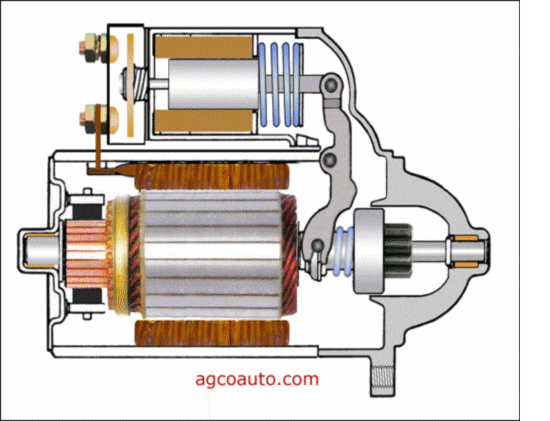Pontiacgp, i love you but a solenoid is a relay. 2 contacts would be 12v + and - to energize the coil (in this case ign power and starter casing to engine ground) and battery voltage input and output. In that diagram you are using the battery output of the remote solenoid to energize the solenoid at the starter via small wire from battery post to "s" terminal. That Is why Fords don't have this solenoid on the starter. In the diagram you are using 2 solenoids to power that starter. If that solenoid at the starter goes bad that starter will not start.
A solenoid is a relay, the wire from the s to the bat terminal is bypassing the relay. The relay is what gets heat soaked.


